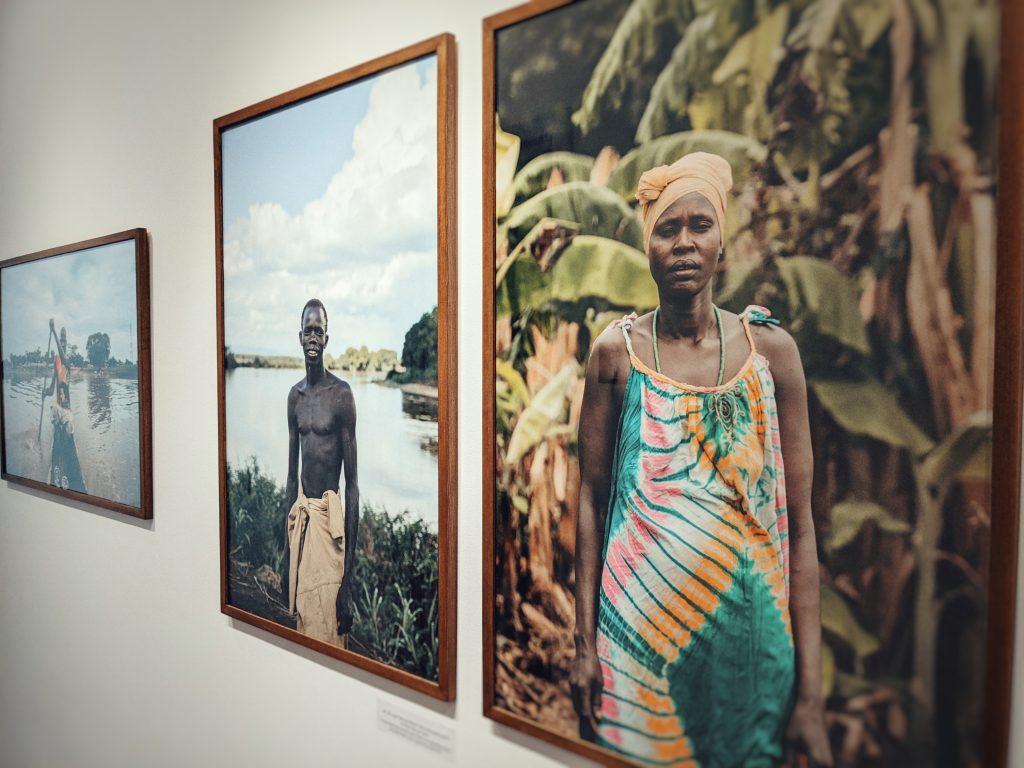Herodotus described Egypt as a gift of the Nile, but Egypt is only one of eleven countries that lay in the Nile-basin. The Nile curves and cavorts through these eleven countries, providing cool and plentiful waters for crops, as drinking water, or simply as a place for children to swim and escape those long hot summer days.
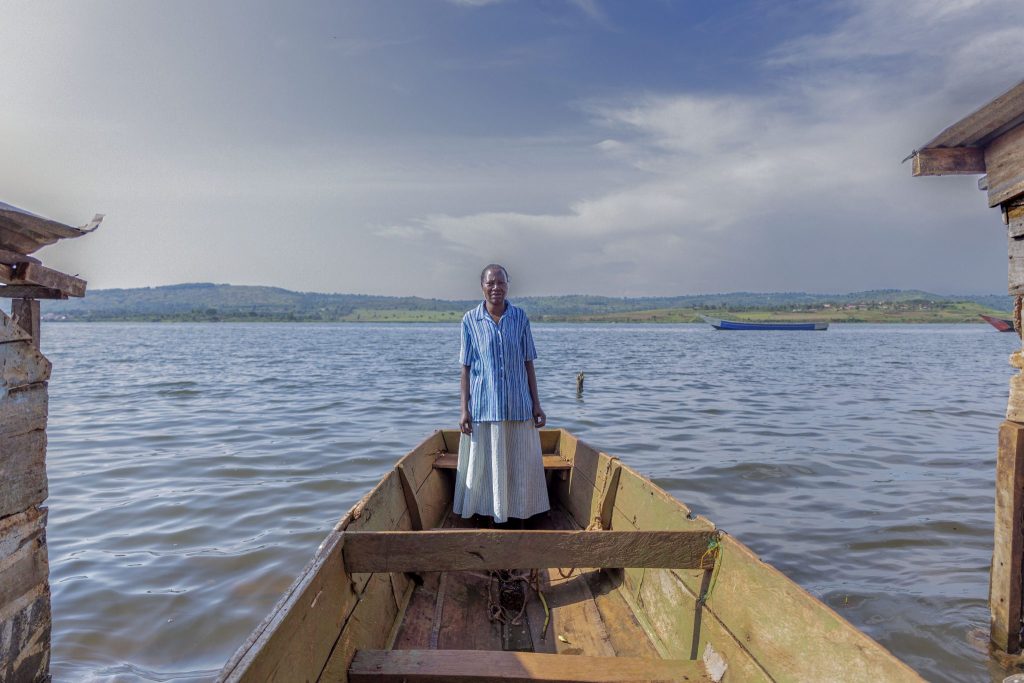
The Nile supports both life and livelihoods. Fishermen set sail on their morning trip and farmers pump out this rich water to irrigate their crops, alongside animals that shelter along its shadowed verges and plant life hosting birds and insects of all kinds.

In more desert-stricken areas of the Nile’s long weaving course up to the Mediterranean, we can vividly see the Nile as a lifeline for both man and animal in the midst of an unforgiving desert. This was poetically described by novelist Sir Arthur Conan Doyle in 1897 when he detailed how ‘between these two huge and barren expanses [of desert]’, the Nile’s lush and verdant banks appear to ‘writhe like a green sandworm along the course of the river’.
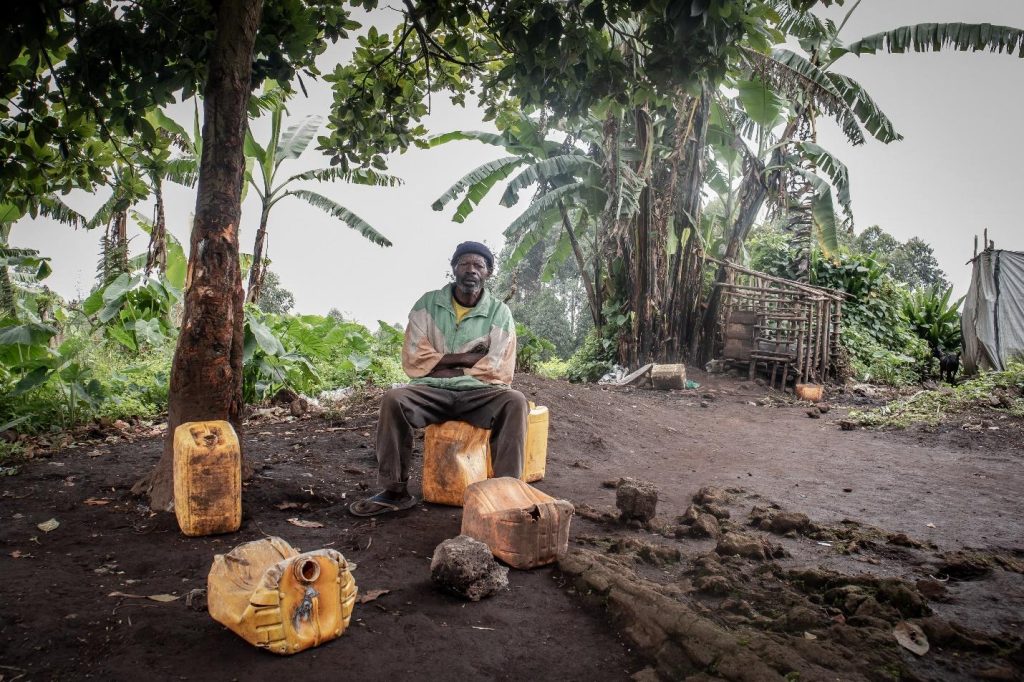
The Nile is the longest river in the world and through its several tributaries it takes us from jungles in the Democratic Republic of Congo, through to the colossal waterfalls of Ethiopa, all the way past the foot of the Great Pyramids of Giza until spreading out and feeding into the Mediterranean sea. Through different and varied climates, peoples, cultures and traditions, the Nile links all the people of the Nile basin and serves as a reminder of our shared connection to the land and its resources.

In the face of rising tensions between countries related to the Nile’s water resources and the need for people in the Nile basin to understand and sympathise with their fellow humans living along and from the Nile, the Everyday Nile project was launched. Everyday Nile describes itself as a ‘photojournalism outreach project [that] captures everyday life in the Nile Basin countries and aims at promoting cooperation and understanding of the water issues around the Nile River as a shared natural resource’.
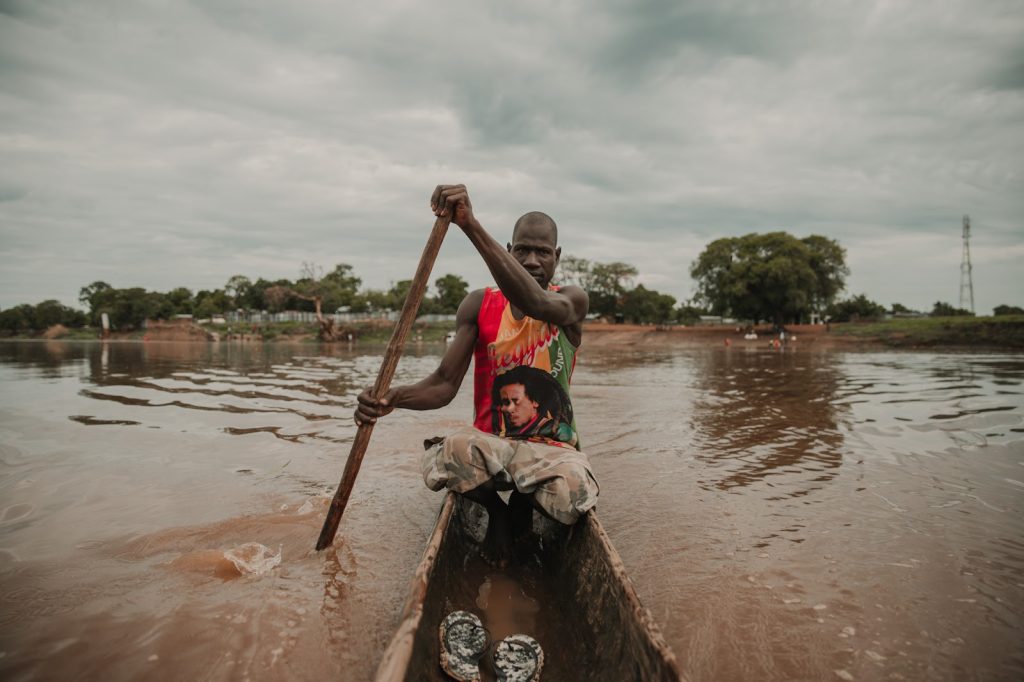
From June 14th until July 20th at the Goethe Institute’s centre in downtown Cairo, Everyday Nile is putting on exhibition with ten photographers and storytellers ‘capturing everyday life’ in and around the Nile in Egypt, South Sudan, Ethiopia, Kenya, Uganda and the Democratic Republic of the Congo. To find out a little more about the exhibition, we spoke with the award-winning Egyptian photojournalist Roger Anis who is participating in the exhibition and has been an essential part of the Everyday Nile project.
What is special about the Nile?
The Nile is one of the largest rivers in the world and it gives life to millions and is shared by 11 countries. It is particularly important and special for Egypt when you look at the Nile and see what the Nile has done for Egypt as a country as the ancient Egyptians were able to build their civilisation primarily because of the water of the Nile and they were able to farm only because of the Nile in a country that is mostly desert.
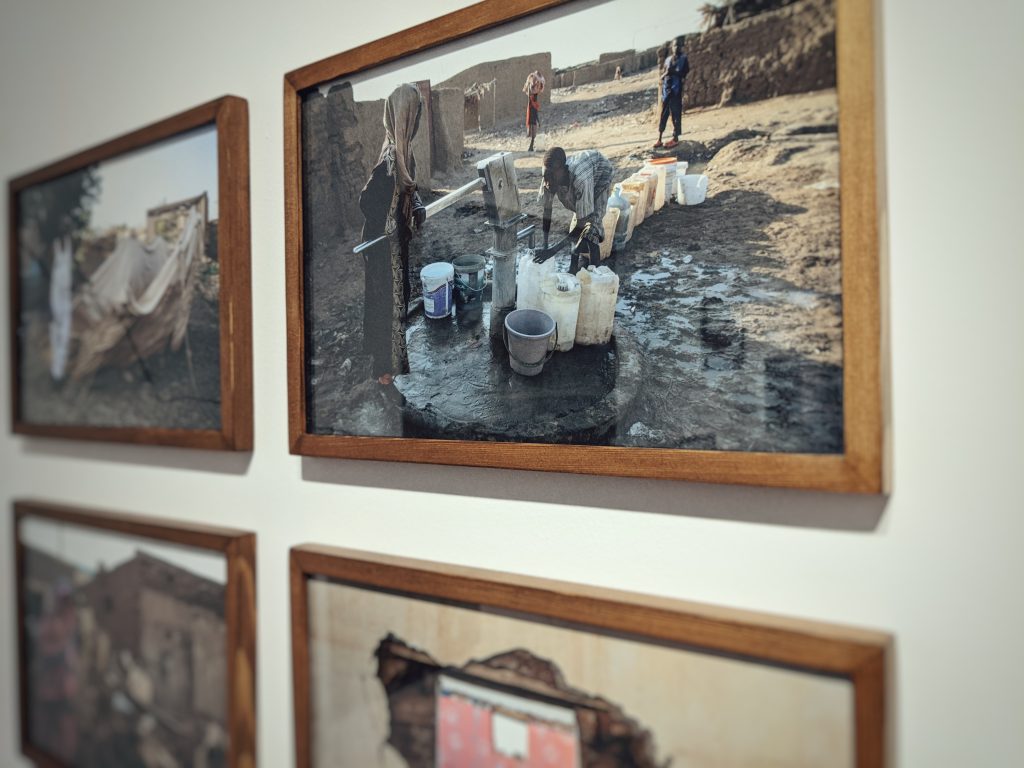
What is the Everyday Nile project?
Everyday Nile is an initiative that we started three years ago with the hope to connect storytellers from the Nile-basin countries to tell stories, raise awareness, and spread knowledge about the Nile. But, we also wanted to engage citizens and the audience to share their experience about the Nile and their own stories.
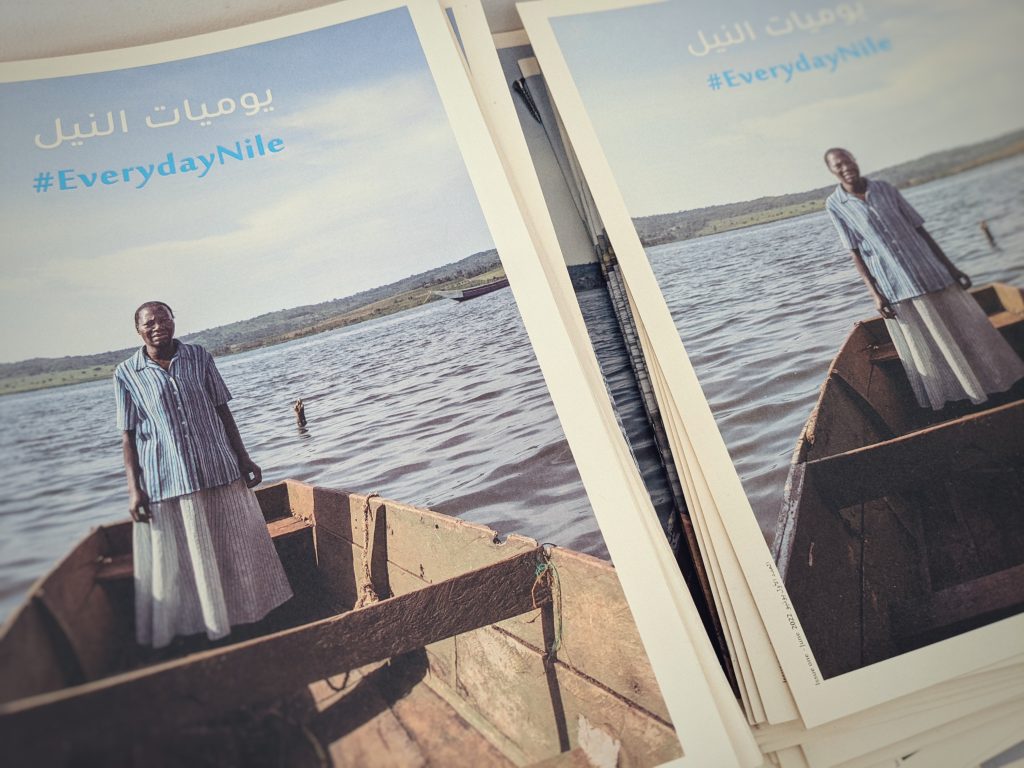
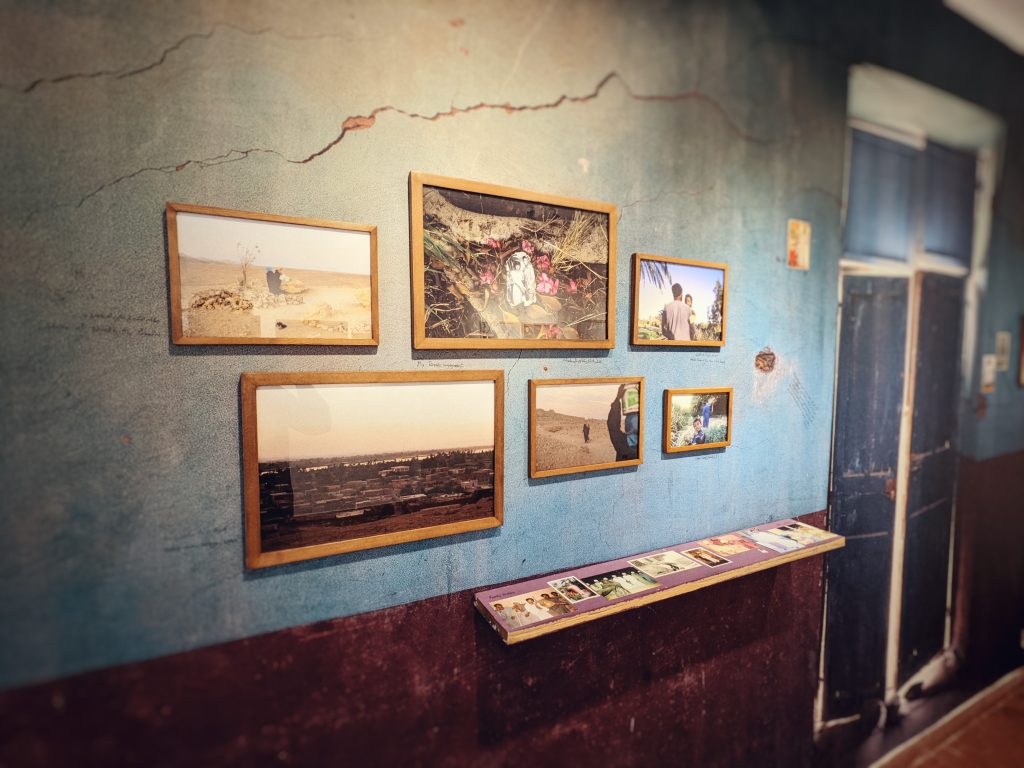
What is the main message you are trying to get across with your images in the exhibition?
The main message is knowledge. When one person says, ‘Oh I didn’t know that’, this is a success for our project because now people know more and bit by bit, we can understand and talk with each other and avoid ignorance and stereotypes of each other.
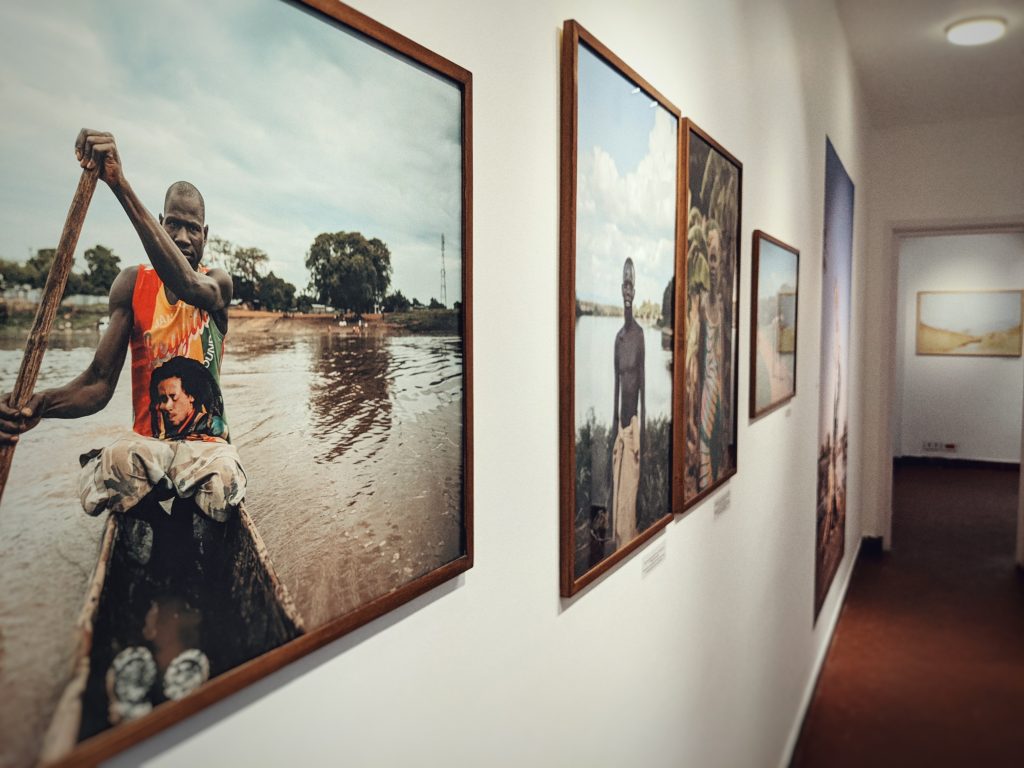
What is the biggest threat to the Nile and what should we do about it?
Climate Change, pollution and water scarcity are the main threats to the Nile. Finding solutions is not easy, but the only way out has to be through raising awareness and using new technologies. We can do things individually like conserving our water use, but governments, scientists and researchers also play an important role, and our role as journalists and image makers is to connect them and exchange knowledge.
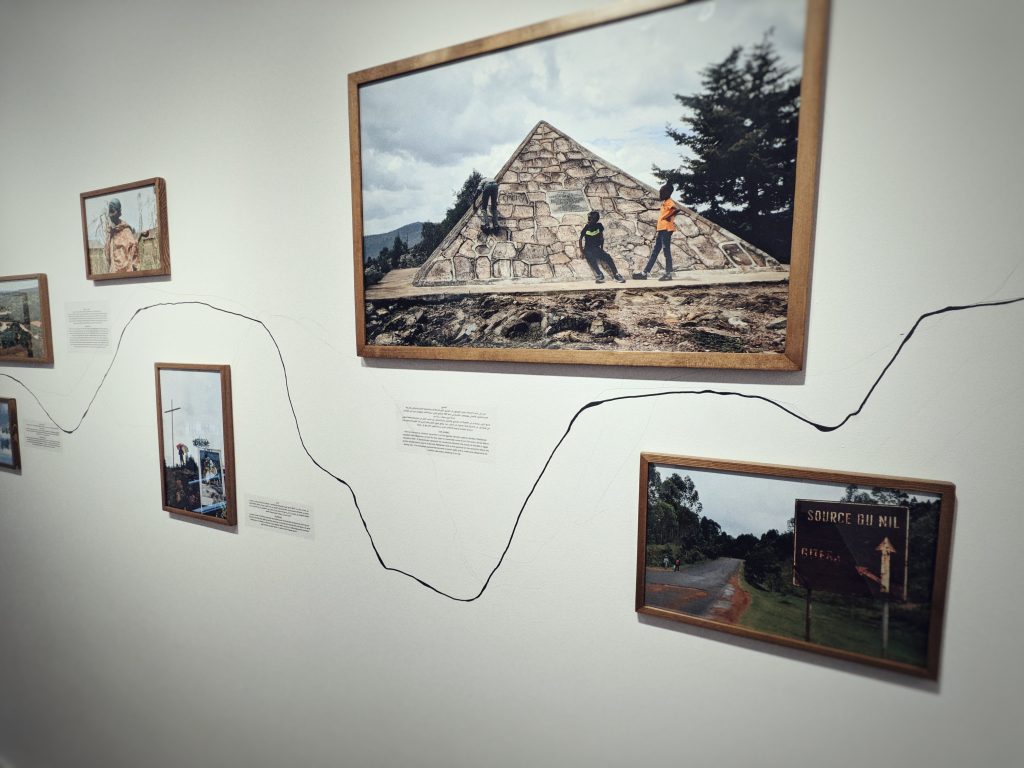
Unfortunately, we have seen tensions rise between Nile-basin countries related to water usage and dams, is there anything that gives you hope that these issues will be solved peacefully?
There is always hope. People know and realise the cost of the war, and reaching solutions through conversations and negotiations is always the best way forward.
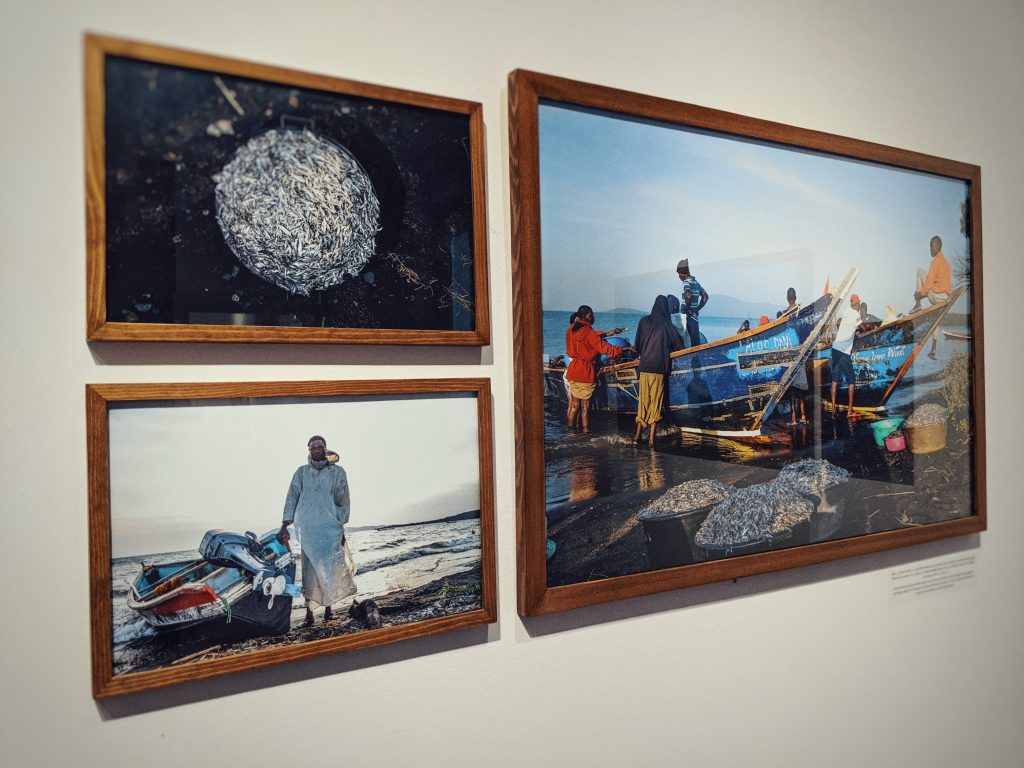
The Everyday Nile exhibition at the Goethe Institute in downtown Cairo at 5 Al-Bustan Street runs June 15th to July 20th everyday from 10 am until 10 pm. You can find out more about the Everyday Nile project and see more of their stories from across the Nile basin on their website and Instagram.
WE SAID THIS… Rowing On The Nile With Cairow Founder Emma Benany


